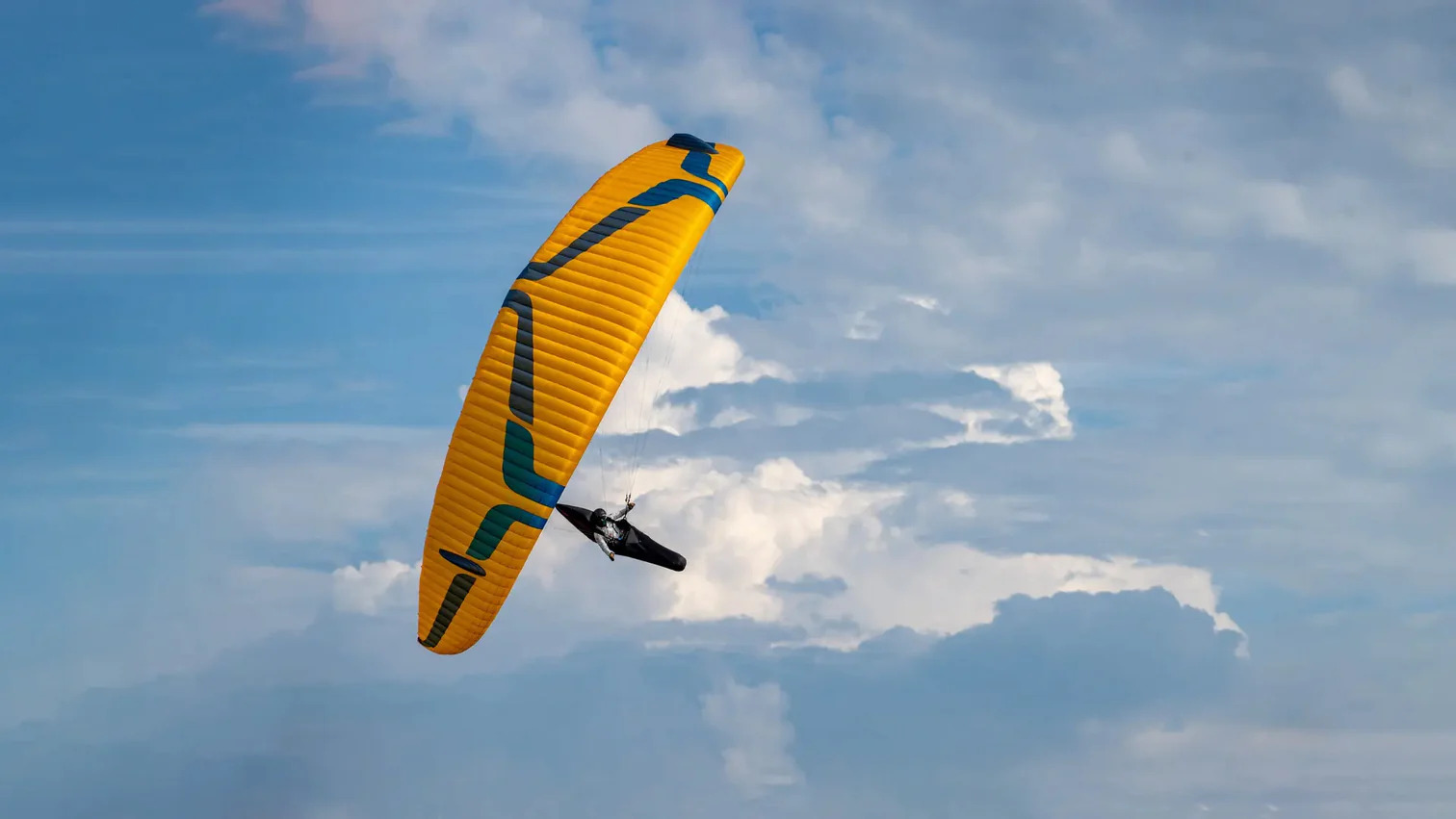
Paragliding is an exhilarating sport that allows enthusiasts to soar through the skies and experience the freedom of flight. Whether you’re a seasoned pilot or a novice taking to the skies for the first time, having the right gear is essential for a safe and enjoyable experience. In this blog post, we’ll provide an overview of the essential gear you’ll need for paragliding and why each piece is crucial for your adventure.
- Paraglider Wing:
The paraglider wing is the most important piece of equipment for paragliding. It consists of a fabric wing with interconnected cells that inflate to provide lift. Choose a wing that is suitable for your skill level and flying conditions, and ensure it is certified by a reputable governing body.
- Harness:
A paragliding harness is where you sit while flying and is essential for both comfort and safety. Harnesses come in various designs, including seated harnesses for recreational flying and pod harnesses for cross-country flying. Make sure your harness is properly fitted and includes features such as back protection and a reserve parachute container.
- Reserve Parachute:
A reserve parachute is a crucial piece of safety equipment that can save your life in the event of a mid-air emergency. It is deployed manually or automatically in case of a wing collapse, pilot incapacitation, or other emergencies. Ensure your reserve parachute is properly packed, inspected, and within its recommended service life.
- Helmet:
A certified paragliding helmet is essential for protecting your head in case of a crash or collision. Choose a helmet that meets safety standards and provides adequate protection for your head and face. Look for features such as impact-absorbing foam, adjustable straps, and ventilation for comfort.
- Variometer (Vario):
A variometer, or vario, is an instrument that measures your rate of ascent and descent during flight. It provides essential feedback to help you find and stay in lift, avoid sinking air, and navigate safely. Choose a vario with features such as audible alarms, thermal tracking, and GPS integration for enhanced navigation.
- Radio:
A two-way radio is essential for communication with other pilots, instructors, and ground crew during flight. It allows you to stay in touch with other pilots, receive important updates about weather conditions and airspace restrictions, and coordinate landings and retrieves.
- GPS Device:
A GPS device is useful for navigation, route planning, and tracking your flights. It provides real-time information about your location, altitude, speed, and distance travelled, helping you stay on course and safely navigate to your intended destination.
- Clothing and Footwear:
Wear comfortable, weather-appropriate clothing and sturdy footwear suitable for hiking and running. Dress in layers to stay warm at higher altitudes and protect yourself from sun exposure. Consider wearing a windproof and waterproof jacket to stay dry and comfortable in changing weather conditions.
- Sunglasses and Sunscreen:
Protect your eyes and skin from harmful UV rays by wearing sunglasses with UV protection and applying sunscreen with a high SPF rating. Sunglasses also help reduce glare and improve visibility, especially when flying at high altitudes.
- First Aid Kit:
Carry a compact first aid kit with essential supplies such as bandages, antiseptic wipes, pain relievers, and emergency medications. Be prepared to treat minor injuries and ailments while in the field, and seek medical attention for more serious injuries as needed.
Having the right gear is essential for a safe and enjoyable paragliding experience. Invest in high-quality equipment, undergo proper training, and always prioritize safety while flying. By equipping yourself with the essential gear and taking necessary precautions, you can enjoy the thrill of paragliding with confidence and peace of mind.

Comments are closed.